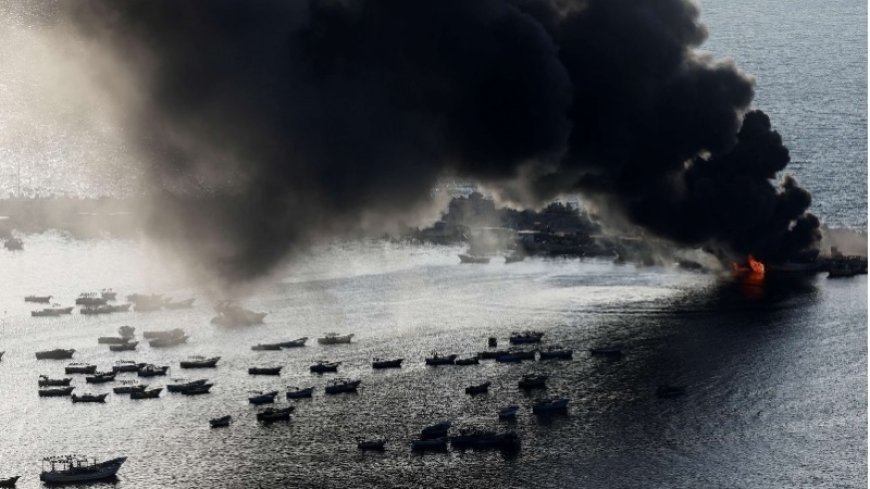Israel's Actions in Gaza: Rising Death Toll and Resource Conflict
Recent developments in Gaza have highlighted escalating tensions and humanitarian concerns as Israeli military actions continue to impact the region. Amidst ongoing conflicts, the toll on both civilians and combatants has intensified, with significant implications for regional stability.

Recent developments in Gaza have highlighted escalating tensions and humanitarian concerns as Israeli military actions continue to impact the region. Amidst ongoing conflicts, the toll on both civilians and combatants has intensified, with significant implications for regional stability.
The Ministry of Health in Gaza reported a grim milestone, stating that the death toll from the conflict has surpassed 38,000 people as of the 274th day of the war. Additionally, over 87,000 individuals have been wounded, underscoring the severe humanitarian crisis unfolding in the region. Furthermore, more than 10,000 Palestinians are reported missing, many of whom are believed to be trapped under rubble from destroyed buildings, according to the European-Mediterranean office of Human Rights Watch.
Journalists and Military Operations
The toll on journalists covering the conflict has also been devastating. The recent bombing in Gaza's Nusirat neighborhood claimed the lives of 10 Palestinians, including journalist Amjad Jahjuh and his wife Wafaa Abu Dabaan. With their deaths, the total number of journalists killed in Gaza has now reached 158, highlighting the dangers faced by media personnel in conflict zones.
Military Engagements and Resistance Actions
In a retaliatory move, the military wing of Hamas, known as the "Ezzeddin Ghassam" battalions, reported the killing of 10 Israeli soldiers in an operation in Gaza City's Al-Shajai district. The operation targeted a building housing Israeli troops, resulting in casualties and the destruction of military equipment, including a "Merkava 4" tank hit by a "Yasin 105" missile.
Regional Dynamics and International Response
Outside actors have also entered the fray, with Hezbollah in Lebanon launching rockets at Israeli military positions in response to perceived aggression against Lebanese civilians. The targeting of Israeli military headquarters in Kiryat Shemone underscores the broader regional implications of the conflict, further complicating efforts for peace and stability.
Economic and Resource Motivations
Amidst the violence, concerns over natural resources, particularly Gaza's gas reserves, have surfaced. Reports suggest that Israel's actions, including destruction of infrastructure and civilian casualties, may be linked to efforts to control and exploit Gaza's natural resources, including its significant gas reserves. This situation has drawn international scrutiny and condemnation, with critics accusing Israel of pursuing colonial ambitions at the expense of Palestinian lives and livelihoods.
Call for Ceasefire and Negotiations
As casualties mount and humanitarian conditions deteriorate, calls for a ceasefire have grown louder. Experts, including former Israeli Knesset member Ofer Shileh, argue that continued military operations are costly and offer little strategic gain for Israel. Discussions for a prisoner exchange agreement between Israel and Hamas have emerged as a potential pathway towards de-escalation and humanitarian relief.
The situation in Gaza remains fluid and volatile, with profound implications for regional security and humanitarian conditions. As international pressure mounts for a cessation of hostilities, the immediate future hinges on diplomatic efforts to achieve lasting peace and address the humanitarian crisis gripping the region.













































